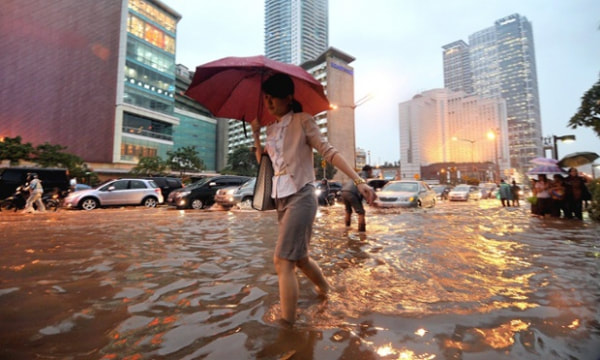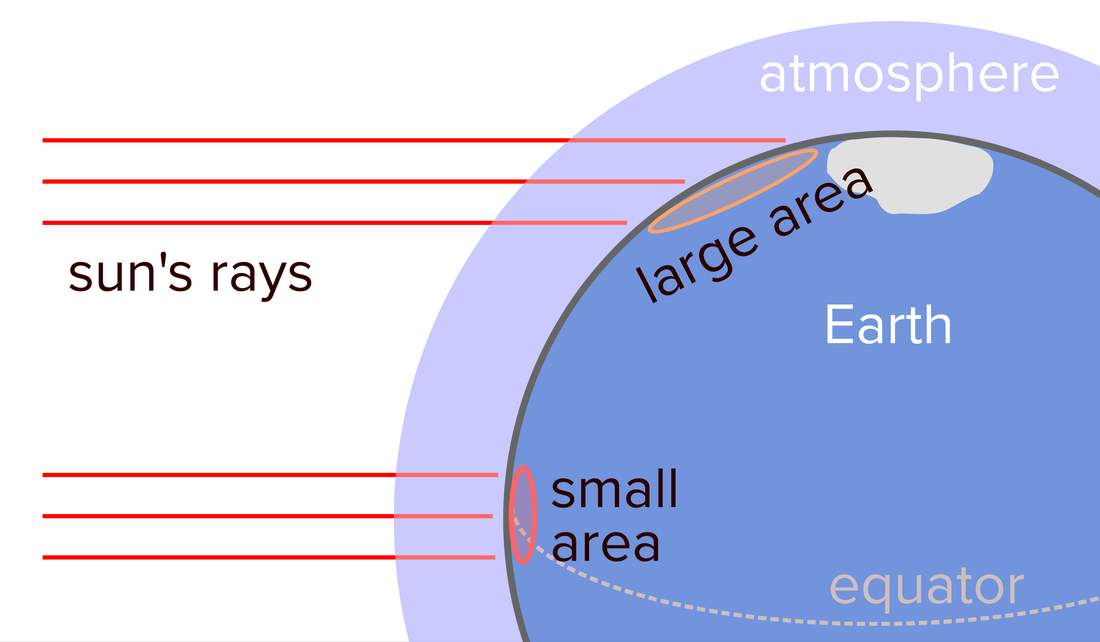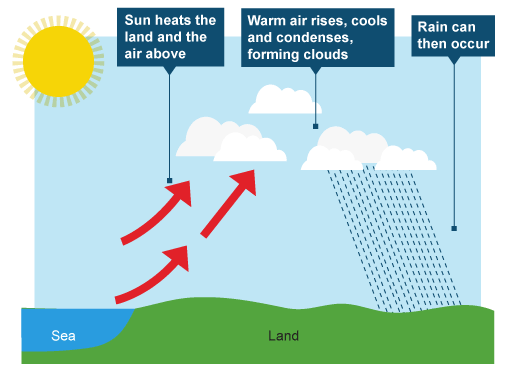-
MYP
- Home
-
IGCSE
- Course information
-
Physical: Hazardous environments
>
- Distribution of tectonic hazards
- Causes of tsunami
- Measuring earthquakes
- Earthquake case study 1: Haiti
- Earthquake case study 2: Christchurch
- Why do earthquakes do more damage in LICs than in HICs?
- How are volcanic eruptions measured?
- Tropical storms - distribution
- Causes of tropical cyclones
- Tropical cyclones - case study
- Why live in hazardous areas?
-
River Environments
>
- Hydrological cycle
- River basins
- Factors affecting river regimes
- Fluvial processes: erosion
- Fluvial processes: weathering and mass movement
- Fluvial processes: transportation and depositon
- River features and their formation
- How rivers change from source to mouth
- Uses of water
- Water pollution
- Water supply
-
IBDP
-
Changing population
>
- Global patterns of economic development
- Physical and human factors affecting global population distribution
- Case study 1: China
- Case study 2: Niger
- Demographic transition
- Megacity growth
- Forced migration and internal displacement
- Ageing populations
- Pro-natalist and anti-natalist policies
- Gender equality policies
- Trafficking policies
- The Demographic Dividend
-
Global climate vulnerability and resilience
>
- Atmospheric system
- The energy balance
- Changes in the energy balance
- The enhanced greenhouse effect
- Climate Change and the Hydrosphere, Atmosphere and Biosphere
- Impacts of climate change on people and places
- Disparities in exposure to climate change risk and vulnerability
- Government-led adaptation and mitigation strategies
- Civil society and corporate strategies
-
Global resource consumption and security
>
- Progress towards poverty reduction
- Measuring trends in global consumption
- Global patterns and trends in the availability and consumption of water
- Global patterns and trends in the availability and consumption of land/food
- Global patterns and trends in the availability and consumption of energy
- Water food and energy nexus
- Recycling and waste
- Malthus vs Boserup
- Resource Stewardship strategies
- Sustainable Development Goals
-
Freshwater - drainage basins
>
- The drainage basin as a system
- How rivers change from source to mouth
- River discharge
- River processes
- River landforms
- Factors affecting flood risk
- Attempts at flood prediction
- Flood mitigation
- Flood mitigation case studies
- Water scarcity
- Agricultural activities and water quality
- Pressures on lakes and aquifers
- Internationally shared water and conflict
- Water management: participation of local communities
- Dams as multi-purpose schemes
- Water management: Integrated Drainage Basin Management (IDBM)
- Managing wetlands
-
Leisure, Sport and Tourism
>
- Growth and purpose of leisure time
- Categories of tourism and sport
- Economic development and participation
- Factors affecting personal participation
- Factors affecting growth of tourism hotspots
- Spheres of influencee
- Factors affecting a national sports league
- Festivals
- Niche national tourism strategies
- Role of TNCs
- Tourism as a national development strategy
- International sporting events
- Consequences of unsustainable growth
- Sustainable tourism
- Future international tourism
- Political and cultural influences on sport
- Extended Essay in Geography >
- Skills/concepts >
-
Changing population
>
- Geography and ToK
- Theory of Knowledge
1. Expert groups research task
Micro Marketplace Task
You will be put into groups of 5 (pairing up where there is an odd number).
Individually, your mission is to understand ONE factor that influences how hot/cold/wet/dry a place is.
Collectively, you should be able to explain, in depth, a variety of factors that influence the climate of a particular place.
INSTRUCTIONS:
a) In your groups, number yourself from A-E
A = Latitude
B = Continentality
C = Prevailing wind
D = Ocean currents
E = Relief/Height/Altitude of land
b) Individually, you have 20m to research (using resources provided, as well as any of your own) and consequently become an EXPERT in your factor. After that time, you will be sharing your newfound expertiseness with your table a) WITHOUT your notes/laptops/prompts and b) with an A3 sheet of paper and a black pen!
*** NOTE: There are an obscene amount of resources out there - fill your thimble from the waterfall) ***
*** Also NOTE, the attached resources may, or may not help... you're welcome ***
*** finally NOTE - why are you still reading this? GO! ***
c) You now must take it in turns (4mins each) to present your factor to your group, each group member should take notes on the sheet provided.
You will be put into groups of 5 (pairing up where there is an odd number).
Individually, your mission is to understand ONE factor that influences how hot/cold/wet/dry a place is.
Collectively, you should be able to explain, in depth, a variety of factors that influence the climate of a particular place.
INSTRUCTIONS:
a) In your groups, number yourself from A-E
A = Latitude
B = Continentality
C = Prevailing wind
D = Ocean currents
E = Relief/Height/Altitude of land
b) Individually, you have 20m to research (using resources provided, as well as any of your own) and consequently become an EXPERT in your factor. After that time, you will be sharing your newfound expertiseness with your table a) WITHOUT your notes/laptops/prompts and b) with an A3 sheet of paper and a black pen!
*** NOTE: There are an obscene amount of resources out there - fill your thimble from the waterfall) ***
*** Also NOTE, the attached resources may, or may not help... you're welcome ***
*** finally NOTE - why are you still reading this? GO! ***
c) You now must take it in turns (4mins each) to present your factor to your group, each group member should take notes on the sheet provided.
2. Why is Jakarta so hot and wet? Written analysis
Now is your chance to show off you new knowledge on temperatures and rainfall by putting it all together and applying it to our home town! You are going to write a report on the weather in Jakarta. You should include the following:
- An introduction which includes:
- A location map of Jakarta which shows:
- Where it is - neighbouring countries and a clear description of where it is located in Indonesia and where Indonesia is in Asia. You can use an electronic map for this but you must add annotations to show the equator, the names of the nearby countries (Malaysia, Singapore, Australia, PNG etc), seas and oceans etc.
- The important lines of latitude, especially the equator.
- A copy of your climate graph of Jakarta with a brief description of the climate patterns we experience.
- A location map of Jakarta which shows:
- Why is it so hot in Jakarta? This section must include:
- The effect of latitude - where is the city? How does latitude affect the temperature. You must draw and annotate a diagram and include it (hand draw it and take a photo to add to your report.
- The effects of altitude - find out the altitude of Jakarta. What effect will this have on temperatures?
- The effects of continentality, ocean currents, and prevailing winds. Include a short paragraph on each of these.
- Why does it rain so much in Jakarta? This section should include:
- What type of rainfall do we often experience in the afternoons/early evenings after a really hot day?
- What other factors affect the rainfall patterns? you will need to research this!
- Conclusion - summarise your findings.


